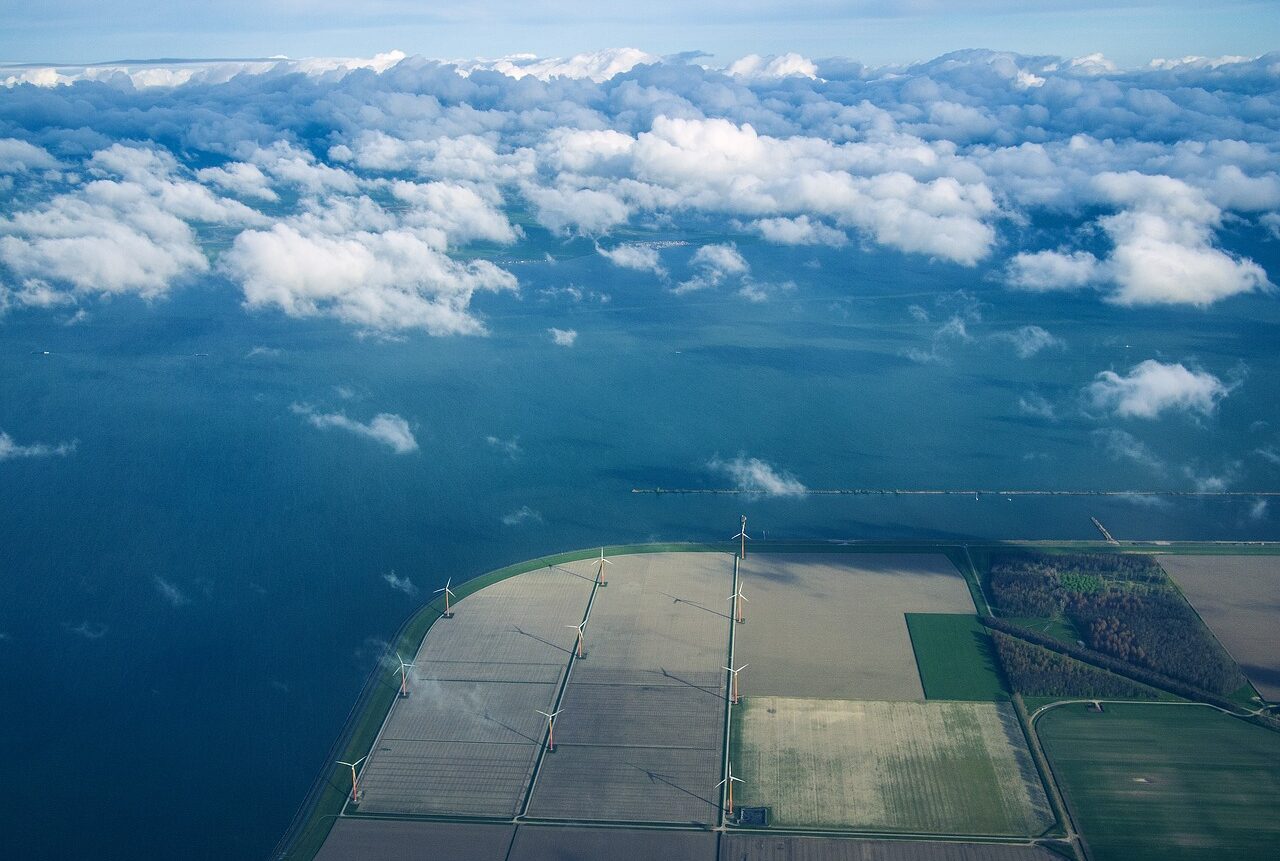The Vietnam Forestry Development Strategy (VFDS) 2021-2030, with a vision of 2050, proposed by the Ministry of Agriculture and Rural Development and the Vietnam Administration of Forestry (VNFOREST), has been approved by the Vietnamese Government under Decision No. 523/QD-TTg. The new VFDS, following the expiry of the previous strategy, aims to enhance the sustainable management and protection of natural resources while increasing the economic production of forests. It shall help the forestry sector contributing to both climate action and socio-economic development of Vietnam.
Over the past 20 years, thanks to the VFDS which was first introduced in 2006, several milestones have been achieved. By 2019, forest coverage has reached 42% and over 779,000 ha of protection (PF) and special-use forests (SUF) were planted. Over five million jobs in the forestry sector were created. However, there remain a lot of challenges that need to be addressed. This includes an incomplete framework for forest policy at grassroots level, lack of resources and funding, and ineffective implementation of biodiversity conservation programs. Biodiversity goals were not upheld due to the lack of specific goals and framework in forestry planning. Investment into trainings for workers and local communities is also limited which partially resulted in the ineffective management and development of forests.
The new 2021-2030 strategy is based on the achieved progress and presents improved targets to solve the existing issues. Adopting the global context, the objectives emphasize the development of forest quality to promote sustainable economic growth and eradicate poverty and hunger for vulnerable communities along with biodiversity protection and climate change adaption. The document also sets high priority on the engagement of local communities and the public in forest protection.
The updated economic targets aim to increase the values of forests and develop environmental services to attract more revenue. Production forest (PDF) areas certified for Sustainable Forest Management (SFM) are set to reach one million hectares (ha) in the period of 2026-2036. At the moment, these certified PDF areas only account for 3.4% (266,974 ha) of total production forests and are lacking comparing to the target of 30% by 2020.
With an aim to eradicate hunger and poverty in key forestry areas, the government encourages the engagement of mountainous communities and ethnic minorities in forestry production. By 2030, 80% of mountainous and ethnic minorities shall participate in the sector and increase their annual income to equal half of the national average income. The draft also aims to provide more training in terms of capacity, knowledge and management skills for forestry workers and increase the number of trained employees by 45% by 2025 and 50% by 2030. There is also a mention of advocating gender equality in the workforce but without specific goals or measures.
In terms of setting environmental indicators, the government focuses on implementing sustainable management of owned forests and improving natural forest quality. The strategy proposes no upgraded target for forest coverage which will be maintained at the current rate of 42-43%. This is lower than the preadjusted goal of 2020 (47%) in VFSD 2006-2020. No other specific goals are raised for planting of protection and special-use forests and prevention of law violations. However, the draft highlights the needs to protect biodiversity and enhance the contribution to climate change adaptation through the reduction of greenhouse gas (GHG) emissions and carbon sequestration. Over 6,8 million ha of PU and SUF would be under sustainable management and protection according to the document. Directions of development for all six regions in Vietnam also emphasize on the protection of local ecosystems and expansion of different types of forests based on the demands of that locality. Within Central Highlands’s regions, strict measures to ban illegal logging and deforestation are more underlined while the strategies for Mekong River Delta focus on the development and restoration of mangrove forests to mitigate the impacts of climate adaptation, among other purposes.
Many solutions to resolve current shortcomings are proposed in the draft. This includes joint mechanisms with a special focus on forestry policy development, capacity training for workers across the sector and fund mobilization from both public and private sectors. The government also encourages the mainstreaming of forest protection into public awareness through various media channels and educational programs. Through this method, all levels of governments, organizations and individuals would understand the importance of forests to our society and thus, adopt behaviors to protect natural resources and preserve biodiversity. Technological application is also prioritized to produce quality forest seedings and improve the efficiency of forest development. In the context of global cooperation for environmental protection, the draft also calls for measures to attract foreign investments and collaboration in project implementations. It also refers to upholding national and global commitments including the NDC and the Paris Agreement.
VN-Forest will be the lead executing agency for the VFDS 2021-2030, in cooperation with agencies under the Ministry of Natural Resources and Environment, Ministry of Science and Technology, Ministry of Planning and Investment, Ministry of Industry and Trade, Ministry of Finance, the Vietnamese National Banks and other relevant governmental departments.





